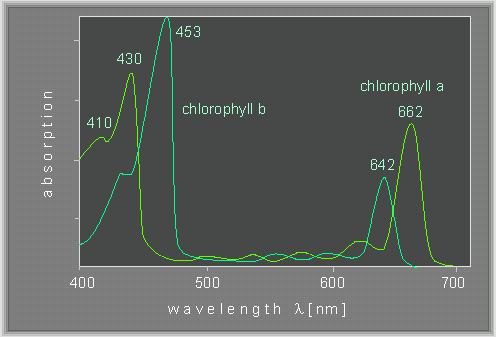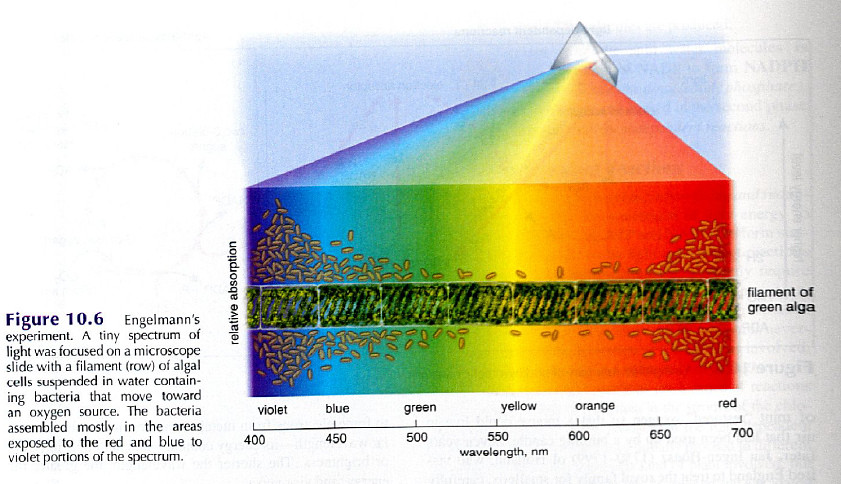 by Ace25 Wed May 15, 2013 3:57 pm
by Ace25 Wed May 15, 2013 3:57 pm
I know what you mean with HD/Lowes selling 'junk' lights for the last couple years, in turn, turning people off of LEDs because of the low quality. I noticed HD is now selling Cree 9.5w LED lights for $13/ea which is what I have been recommending to everyone for their homes now. I experienced the 'junk' lights myself being an early adopter and impulse buying lights at HD to see how well they can grow algae. Some of them didn't even last 1 hour before they died, and they were $40 bulbs at the time. The CRI has also been terrible in the past with LEDs for general lighting needs, but I think all those issues are resolved today.
I remember installing Plasma TVs at Vandenberg back in the 90's when they first came out, a 42" was $50,000 and came with at least a dozen burned out pixels on every TV. The weight and power consumption of Plasma is insane. I had a 60" rear projection TV at the time and it took 300w of power, the 42" plasmas used over 900w. Then the early-mid 2000's came and LCD replaced Plasma, but again, first few years 'burned out pixels' was very common and most Mfg had specific requirements in regards to fixing/replacing TVs with bad pixels (I remember Vizio was 10 dead pixels before warranty took effect, so if you had 9 white dots burning your eyes as you watched TV you were screwed). Today finding a bad pixel is pretty rare, which just shows how far they have come in the last few years in regards to quality control and manufacturing. Today though the general masses seem to be confused again about what is what. I see so many people telling me they have an 'LED TV' and it is better than any LCD. I LOL at that every time. I have an 'LED TV' but I understand the LED aspect is just replacing the cold cathode tube back lighting with back/side lit LEDs, the screens are still LCD.
I agree that most people don't fully understand LED lighting. When I first swapped out all my lights for LEDs I thought I knew a lot about light, PAR, spectrum, etc... but I was shown otherwise. It actually took me a solid year of playing around with LEDs constantly to get a full understanding on what they can do and how spectrum and intensity differ so much. I initially did the 'PAR for PAR' replacement only to nuke my corals back in 2008. After many years of experimenting I feel I have a very good understanding now. One of the biggest lessons I learned was that 1000 PAR out of a MH can be equal to 200 PAR out of LED lights. Also, when using an Apogee PAR meter, you must use 'Sun' mode on LEDs to get accurate readings, the 'Electric' mode which works great for MH and T5s does not work for LEDs.












